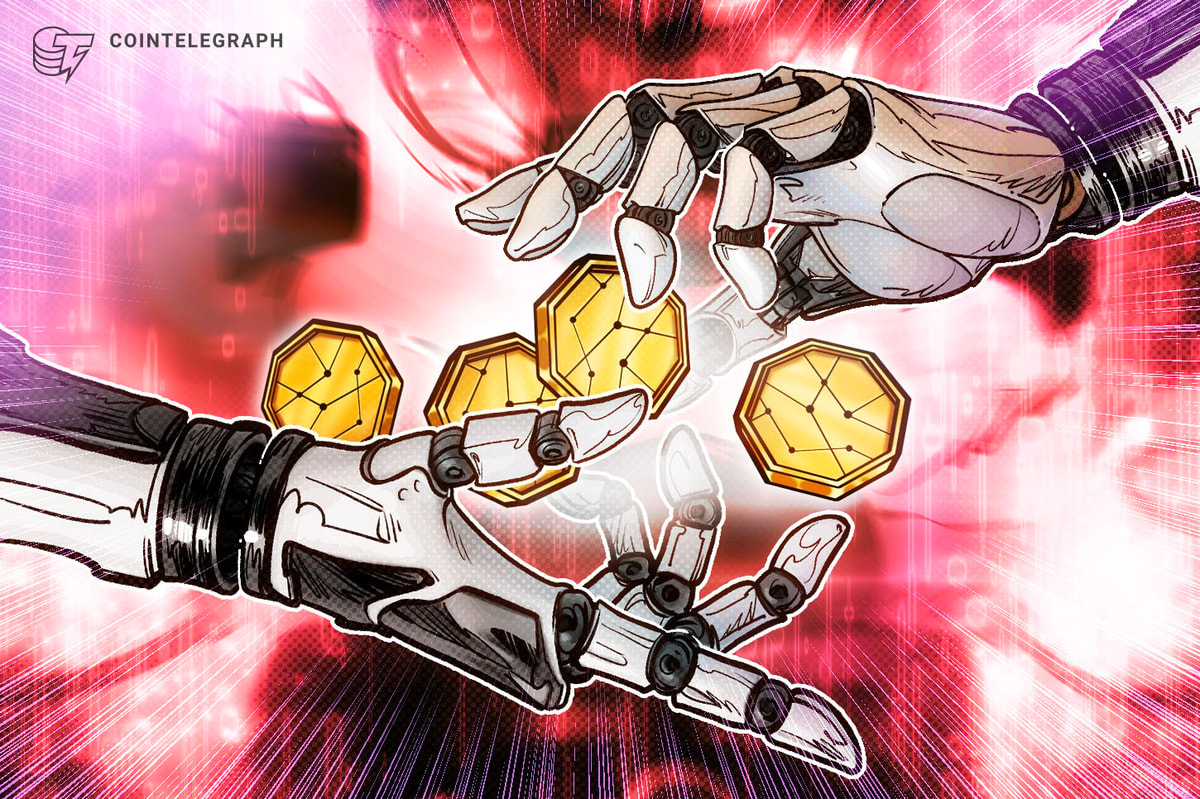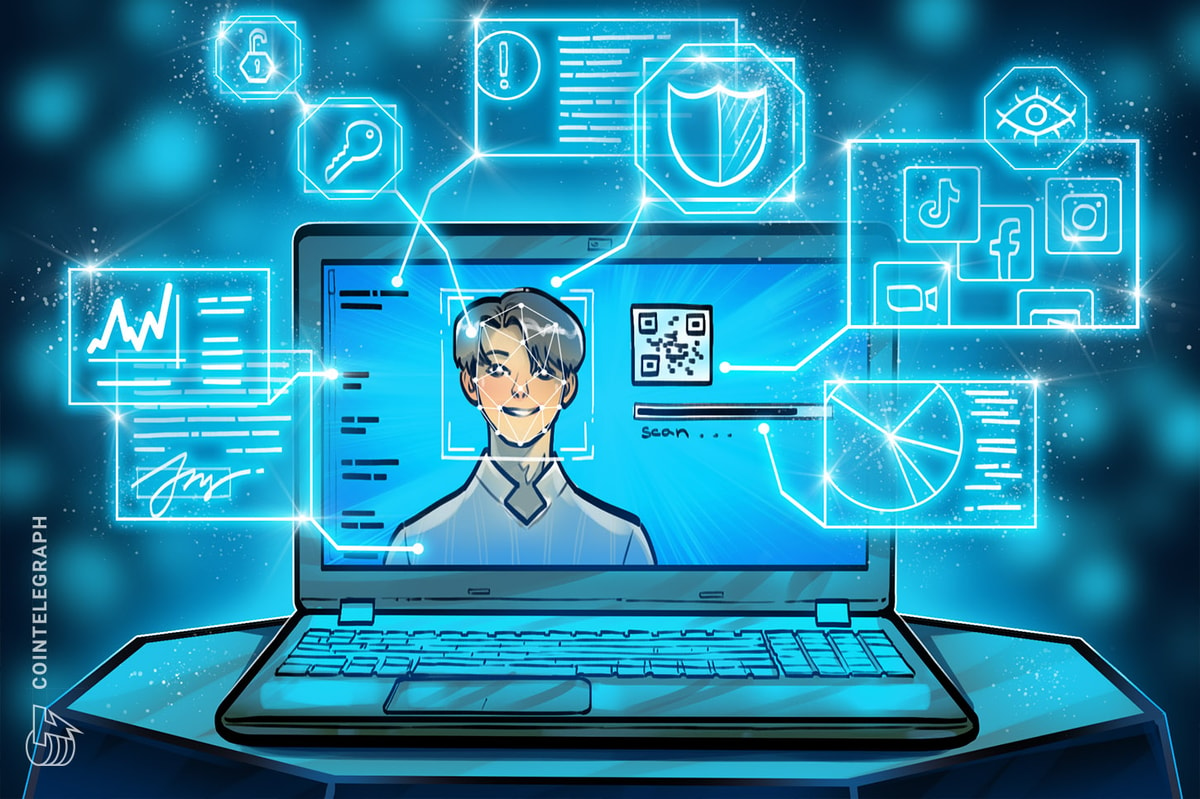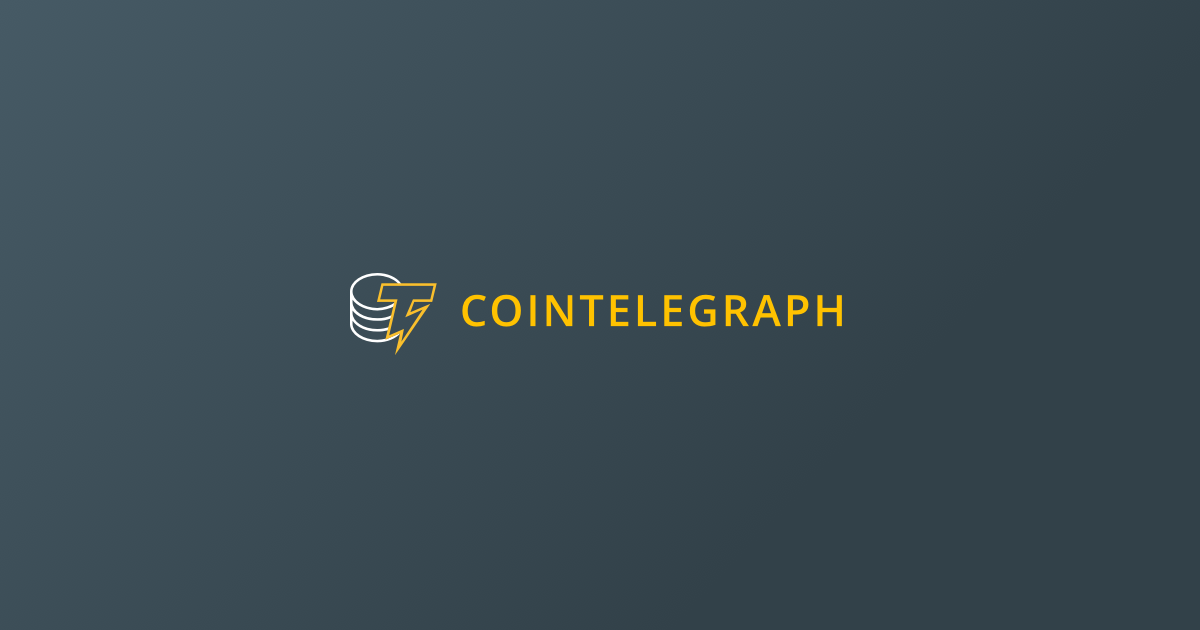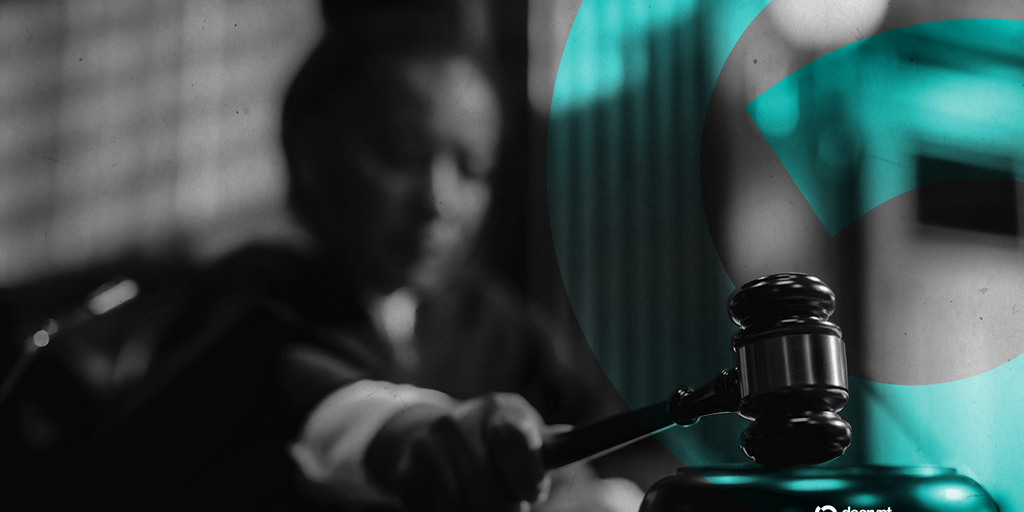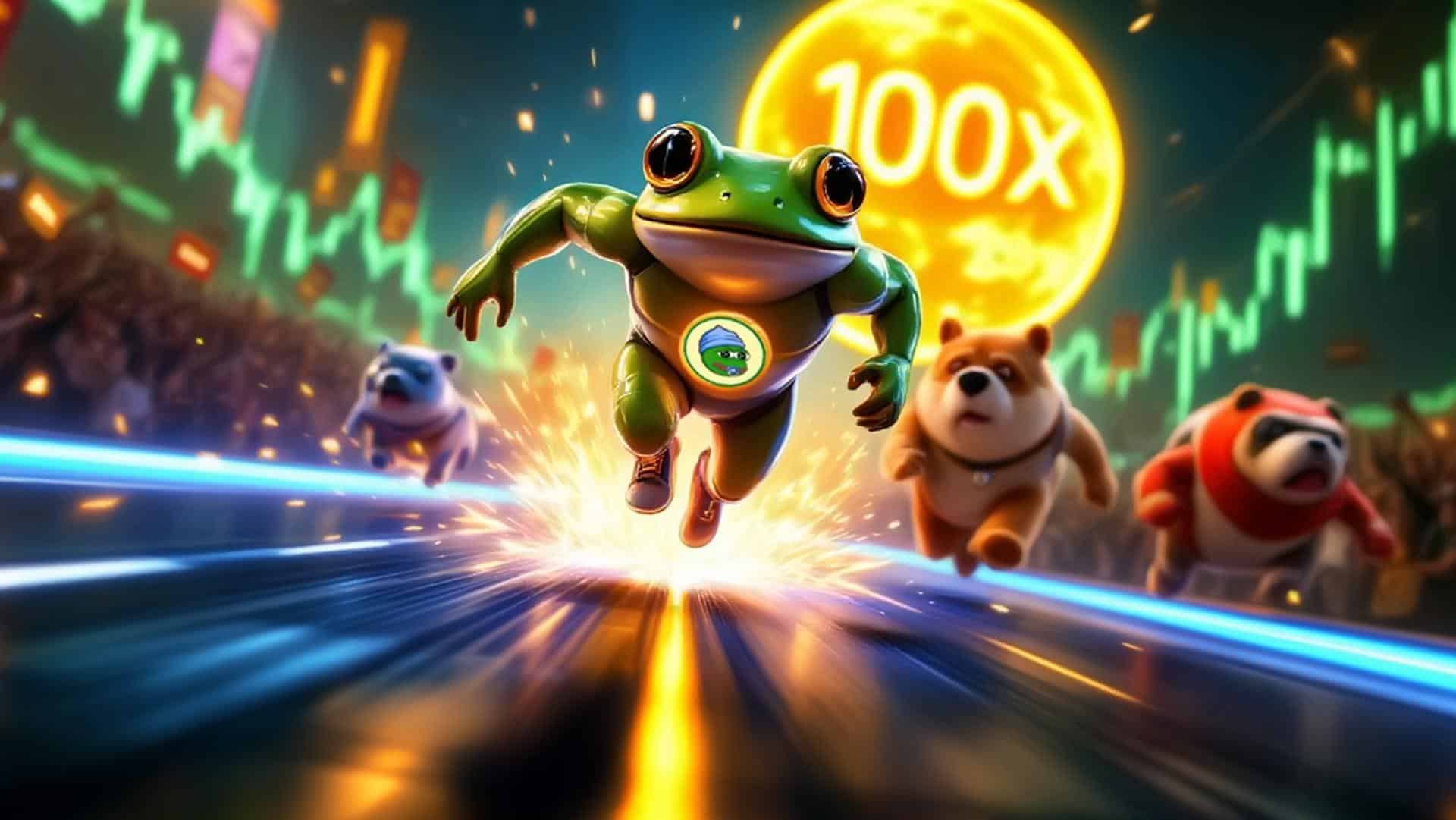Generative AI and Copyright: A Thorny Problem
As the use of generative AI continues to grow, so too does the likelihood of copyright infringement. The economic viability of machine learning as a service (MLaaS) is being stymied by a host of lawsuits, most notably against companies like OpenAI and Anthropic.
The root of the problem lies in the use of generative AI models, which scrape vast amounts of data from the public internet to inform their creations. However, the companies behind these models claim that their methods constitute “fair use” of publicly-available materials, arguing that it would be impossible to train today’s leading AI models without using copyrighted materials.
Multiple Lawsuits
A growing number of lawsuits are attempting to claw back ownership rights for copyrighted materials used in AI training. One notable case is being brought by the New York Times against OpenAI, which claims that the company crawled and absorbed millions of NYT articles to inform the popular AI engine, gaining a “free ride” on the Times’s massive investment in journalism.
Getty Images has also brought suit against multiple AI companies, including Midjourney and Stability AI, citing copyright infringement of images they own the rights to. In addition, class action suits have been brought against DeviantArt, whose machine models produce images from users’ text prompts.
Claiming Fair Use
OpenAI claims that its methods constitute fair use of publicly-available materials. This stance is supported by the idea of “volitional conduct,” which suggests that a company that commits copyright infringement has to be shown to have control over the output of the disputed materials.
However, this argument is open to interpretation, and the courts will need to clarify the boundaries of fair use in the context of AI training. In the meantime, artists, musicians, and other content creators may feel emboldened to take a stronger stance against AI-powered appropriation of their work.
Blockchain as a Solution
Michael Sonnenshein, the CEO of cryptocurrency trading specialist Greyscale, suggests that blockchain technology could provide an immutable solution to copyright issues. He argues that an irrefutable, immutable technology can help address issues of provenance and authenticity, but this solution comes with its own set of problems.
Firstly, the scalability and environmental impact of blockchain technology are concerns. The coin mining industry is notorious for its energy consumption, which contributes to air pollution and climate change.
Secondly, the use of blockchain technology to establish copyright ownership could lead to further exploitation of content creators. If content is digitized and encrypted, only those with the necessary permission codes can access it, effectively siloing creators from their own work.
Conclusion
The question remains: how can generative AI models respect copyright while still advancing innovation? The answer will depend on the courts, policy-makers, and the companies involved.
It may be that a nuanced understanding of fair use will allow for the continued development of generative AI models, while also recognizing the value and ownership rights of content creators.
FAQs
What is the current state of generative AI copyright lawsuits?
The number of lawsuits is growing, with several high-profile cases being brought against AI companies.
Why are AI companies claiming fair use?
AI companies are arguing that their methods constitute fair use of publicly-available materials, stating that it would be impossible to train today’s leading AI models without using copyrighted materials.
Can blockchain solve the problem of copyright infringement in AI training?
While some advocates argue that blockchain technology can provide an immutable solution to copyright issues, it remains a speculative solution with its own set of challenges.
Will there be a resolution to the standoff between content creators and AI companies?
The answer will depend on the courts, policy-makers, and the companies involved. A nuanced understanding of fair use will likely be key to finding a balance between innovation and ownership rights.



